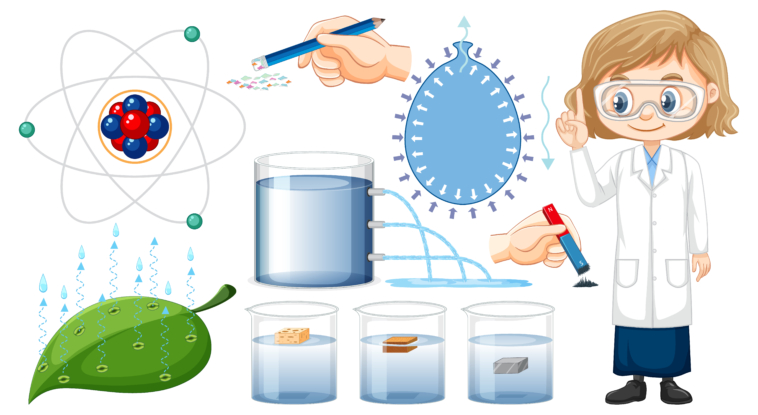In the world of pharmaceuticals, medicine, and even culinary arts, the conversion between milligrams (mg) and milliliters (ml) plays a pivotal role. This conversion factor is essential for ensuring precise measurements and dosage calculations, as well as for maintaining product consistency and complying with regulatory standards. In this blog post, we will explore the importance of understanding the mg to ml conversion factor and its practical applications in various industries.
What is the MG to ML Conversion Factor?
The mg to ml conversion factor is a ratio that allows us to convert between mass (mg) and volume (ml) measurements. It is based on the density of the substance being measured. Different substances have different densities, which means that 1 mg of one substance may not necessarily equal 1 ml of the same substance.
Pharmaceutical Industry: Dosage Accuracy
In the pharmaceutical industry, precision is paramount. Medications often come in liquid form, and patients rely on accurate dosage calculations for their well-being. Understanding the mg to ml conversion factor ensures that healthcare professionals can administer the correct amount of medication. Mistakes can have serious consequences, so adherence to standardized conversion factors is crucial.
Liquid Supplements and Nutritional Products
Beyond pharmaceuticals, the health and wellness industry frequently employs mg to ml conversions. Liquid supplements, vitamins, and nutritional products often provide dosage instructions in mg or ml. Customers must be able to accurately measure and administer these products to achieve the desired health benefits.
Culinary Arts and Food Industry
In the culinary world, precision in ingredient measurements can be the difference between a delicious meal and a culinary disaster. Recipes often call for specific amounts of liquids and dry ingredients in mg or ml. Chefs and home cooks alike rely on accurate conversions to create consistent and flavorful dishes.
Beverage Production and Mixology
In the beverage industry, particularly in bars and cocktail lounges, bartenders must be adept at converting between mg and ml. Liquor recipes, for instance, frequently specify the exact measurements of various ingredients in both milligrams and milliliters. Precise conversions are essential to crafting signature cocktails.
Challenges and Tools for Accuracy
While understanding the mg to ml conversion factor is crucial, it can be challenging due to varying densities of substances. This is where digital tools and conversion charts come into play. Many businesses use specialized software or reference tables to ensure accuracy in their measurements. These tools simplify complex conversions and reduce the risk of errors.
Regulatory Compliance and Labeling
In various industries, regulatory bodies mandate the use of specific mg to ml conversion factors to ensure consistency and consumer safety. Accurate labeling is not only a legal requirement but also an ethical obligation. It helps consumers make informed choices and ensures product integrity.
Conclusion
The mg to ml conversion factor is a fundamental concept in multiple industries, ranging from pharmaceuticals to culinary arts. Accurate conversions are essential for dosage calculations, product consistency, and regulatory compliance. In an age where precision matters, understanding and implementing the correct conversion factor is a cornerstone of quality, safety, and reliability. Whether you’re a healthcare professional, chef, or manufacturer, mastering this conversion factor is a step toward excellence in your field



